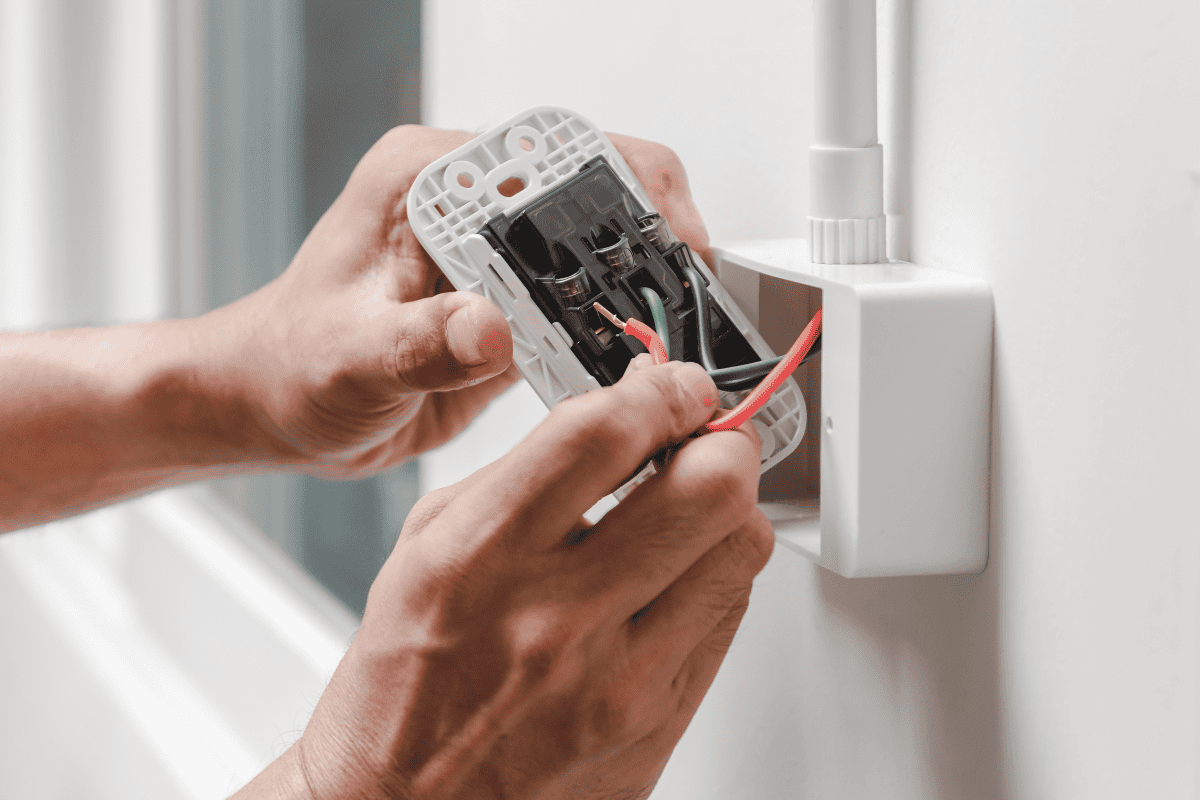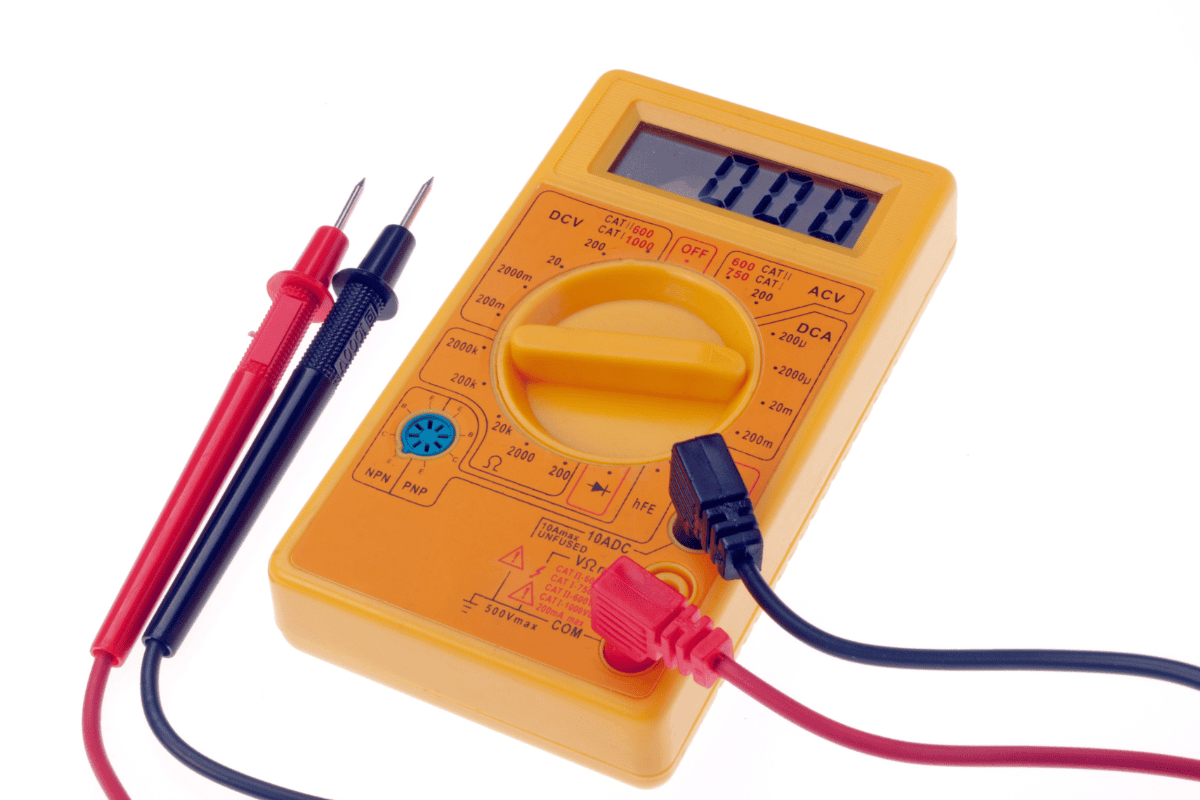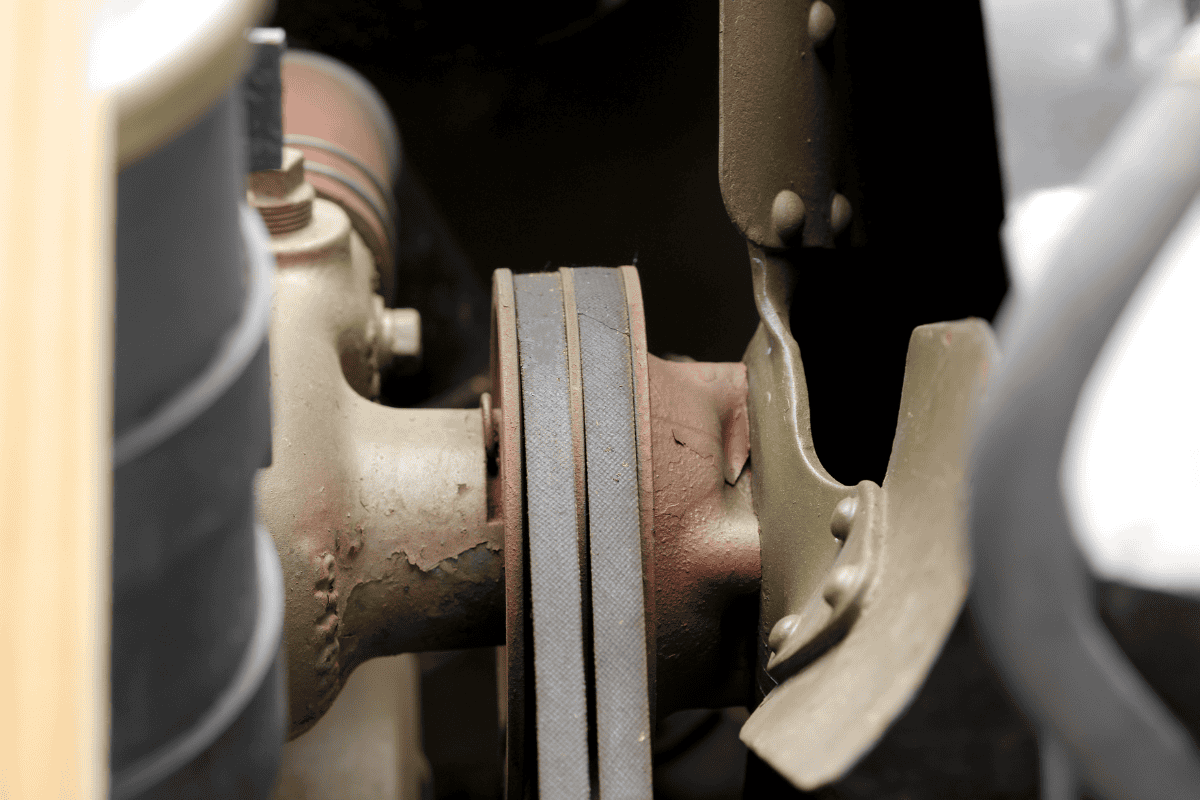Why Is My AC Fan Not Spinning? Causes and How to Fix It
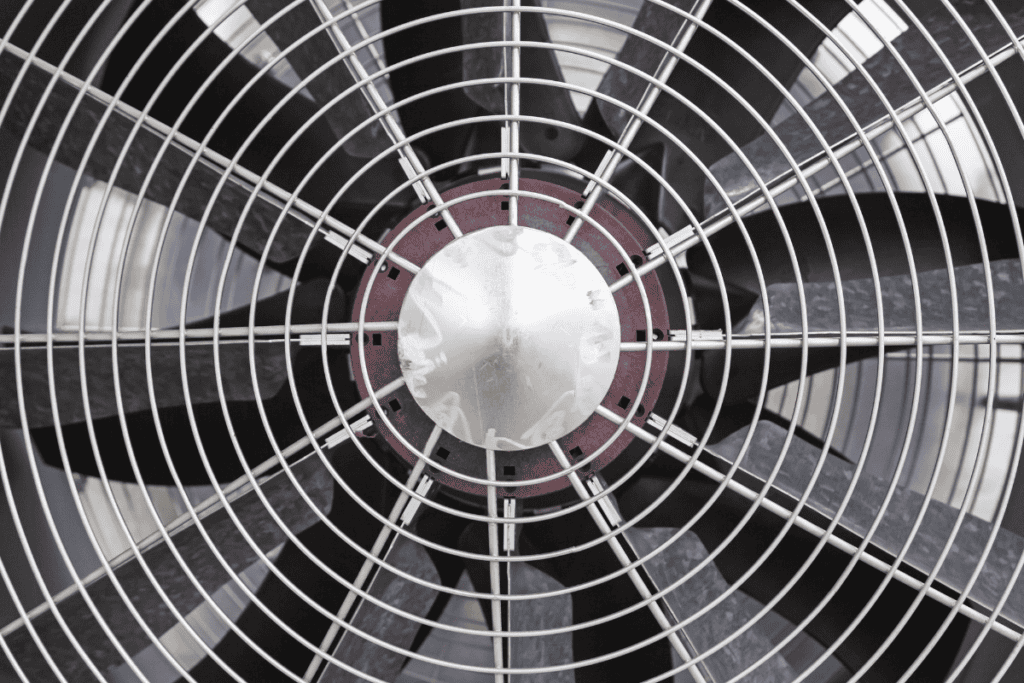
It’s a hot summer day, and you’re relying on your trusty air conditioner to keep you cool and comfortable. But suddenly, you notice something’s amiss – the AC fan isn’t spinning, and the cool air you’re desperately craving is nowhere to be found. Panic sets in but fear not, dear homeowner, for you’re not alone in this battle against the heat.
The AC fan is the unsung hero of your air conditioning system, tirelessly circulating air to maintain a consistent temperature throughout your home. With proper care and regular maintenance, this essential component can keep spinning for 10-15 years. However, even the most devoted fan can fall victim to various issues that cause it to stop working. From a faulty capacitor to a clogged air filter, several culprits can bring your AC fan to a standstill.
Don’t let a malfunctioning AC fan motor leave you hot and bothered. By addressing these problems promptly, you can prevent further damage to your HVAC system and make sure that your air conditioner continues to blow cold air when you need it most.
In this article, we’ll explore the common causes of an AC fan not spinning and arm you with the knowledge to tackle these issues head-on. Get ready to beat the heat and restore your indoor oasis!
Contents
- 1 9 Reasons Why the AC Unit Fan Is Not Spinning
- 2 Step-by-Step Diagnostic Guide: How to Systematically Check Each Problem
- 2.1 Step 1: Verify Power Supply and Reset Breakers if Necessary
- 2.2 Step 2: Check Thermostat Settings and Functionality
- 2.3 Step 3: Inspect and Test the Motor and Capacitor
- 2.4 Step 4: Examine the Contactor and Control Board
- 2.5 Step 5: Inspect the Fan Belt and Look for Debris or Obstructions
- 2.6 Step 6: Check the Bearings and Ensure Proper Lubrication
- 3 DIY Vs Professional Repairs
- 4 AC Fan Not Spinning? Call HVAC Angel
- 5 Frequently Asked Questions
9 Reasons Why the AC Unit Fan Is Not Spinning
1. Power Issues
A steady and adequate power supply is crucial for your air conditioner to function properly. If a breaker trips or a fuse blows in the electrical panel, it can disrupt the power flow to your AC unit, causing the fan to stop spinning.
Power surges, overloads, or short circuits are common culprits behind these electrical issues. To make sure your AC fan keeps running smoothly, it’s essential to address any power-related problems promptly.
2. Loose or Disconnected Wiring
Your air conditioning system relies on a network of wires to deliver electricity to various components, including the fan motor. Over time, vibrations, environmental factors, and general wear and tear can cause these wires to come loose or disconnect entirely. When this happens, the electrical connection necessary for the AC fan to operate is severed, preventing it from spinning.
3. Thermostat Problems
As the control center of your HVAC system, the thermostat plays a vital role in regulating your air conditioner’s performance. If the thermostat is not set to “cool” mode or if the fan setting is not on “auto” or “on,” the AC fan will not receive the signal to operate.
Additionally, a faulty thermostat can lead to communication failures, preventing it from sending the correct signals to the fan. Upgrading to a smart thermostat can not only resolve these issues but also save 10–15 percent of your energy needs while enhancing comfort and convenience.
4. Fan Motor Issues
The fan motor is the heart of your air conditioner’s cooling system, responsible for driving the fan blades. If the motor burns out due to age, excessive strain, or electrical problems, it will fail to turn the fan. A burnt-out motor often exhibits signs such as a complete lack of movement or strange noises like humming without the fan spinning.
On average, AC fan motors last between 10 to 15 years with proper maintenance, so if your motor has reached the end of its lifespan, it may be time for a replacement.
5. Overheating
Overworked motors, insufficient ventilation, and a buildup of dirt and debris can all contribute to overheating. When the fan motor overheats, safety mechanisms may trigger a shutdown to prevent damage, resulting in the fan not spinning. Persistent overheating can also cause long-term harm to the motor.
6. Capacitor Problems
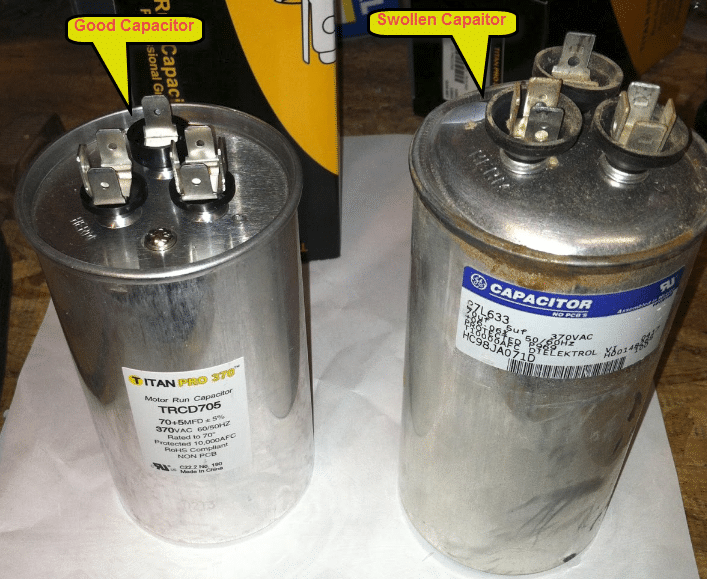
7. Contactor Issues
The contactor acts as an electrical switch, controlling the power flow to the fan motor. When your thermostat signals the AC unit to turn on, the contactor engages, allowing electricity to reach the blower fan motor.
However, if the contactor is faulty, it may not close properly, cutting off the power supply and preventing the fan from spinning. A malfunctioning contactor can lead to inconsistent cooling and potential damage to other AC components.
8. Fan Belt Problems
In some older or belt-driven air conditioning systems, a fan belt is used to drive the fan blades. As the belt ages, it can wear out, break, or slip off the pulleys, severing the mechanical connection between the motor and the fan. When this happens, the fan will stop spinning, even if the motor is running.
9. Debris or Obstruction
Physical debris or obstructions around the outdoor fan blades can hinder their ability to spin freely. Leaves, dirt, small branches, or even loose parts from the AC unit itself can become lodged in the fan, impeding its movement and causing it to stop spinning entirely.
To avoid this problem, regularly clean the area around your outdoor unit and remove any debris that may have accumulated around the fan.
Step-by-Step Diagnostic Guide: How to Systematically Check Each Problem
When your air conditioner’s fan isn’t spinning, it can be due to various issues. To diagnose the problem effectively, follow this step-by-step guide to systematically check each potential cause. Remember to prioritize safety and turn off the power to your AC unit before performing any inspections or repairs.
Step 1: Verify Power Supply and Reset Breakers if Necessary
- Turn Off AC Unit: Begin by ensuring your air conditioner is turned off.
- Check Circuit Breakers: Locate your electrical panel and check for any tripped breakers. Reset them if necessary. If you find blown fuses, replace them as needed.
Step 2: Check Thermostat Settings and Functionality
- Set to “Cool” Mode: Verify that your thermostat is set to “cool” mode.
- Adjust Temperature: Lower the temperature setting to see if the AC fan starts spinning.
- Check Fan Setting: Make sure the fan setting is on “auto” or “on.”
- Replace Batteries: If your thermostat runs on batteries, try replacing them to rule out a power issue.
Step 3: Inspect and Test the Motor and Capacitor
- Turn Off Power: Before proceeding, double-check that the power to your AC unit is turned off.
- Inspect Motor and Capacitor: Visually inspect the fan motor and capacitor for any signs of damage or wear.
- Test Motor: Using a multimeter, check the motor for continuity. If there is no continuity, the motor may need to be replaced.
- Test Capacitor: A multimeter can also be used to check the capacitance of the start capacitor and run capacitor. If either capacitor is faulty, it should be replaced.
Step 4: Examine the Contactor and Control Board
- Turn Off Power: Again, ensure the power to your air conditioner is off.
- Inspect Contactor: Look for any visible damage to the contactor and listen for a clicking sound when the AC unit is turned on. If you don’t hear a click, the contactor may be faulty.
- Test Contactor: Use a multimeter to check if power is flowing through the contactor. If not, it may need to be replaced.
- Inspect Control Board: Check the control board for any burn marks or loose connections. You can also use a multimeter to test the board’s outputs.
Step 5: Inspect the Fan Belt and Look for Debris or Obstructions
- Turn Off Power: Before inspecting the fan belt, make sure the power is off.
- Inspect Fan Belt: Check the fan belt for signs of wear, fraying, or breakage. Also, make sure it has the proper tension.
- Check for Debris: Look for any debris or obstructions that may be preventing the fan blades from spinning freely. Remove any foreign objects wrapped around the fan or lodged in the unit.
Step 6: Check the Bearings and Ensure Proper Lubrication
- Turn Off Power: As always, turn off the power before working on your AC unit.
- Inspect Bearings: Listen for any grinding noises coming from the fan motor, which may indicate worn bearings. Visually inspect the bearings for signs of wear or damage.
- Lubricate Bearings: If the bearings appear to be in good condition, apply a suitable lubricant to keep them running smoothly.
- Replace Bearings: If the bearings are excessively worn or damaged, they may need to be replaced.
DIY Vs Professional Repairs
When it comes to fixing an AC fan that isn’t spinning, you may be tempted to tackle the issue yourself. DIY repairs can offer cost savings, immediate action, and a valuable learning experience. Simple tasks like resetting breakers, adjusting thermostat settings, replacing batteries, clearing debris, lubricating bearings, and adjusting fan belts can often be performed by homeowners with basic knowledge and tools.
However, it’s essential to recognize the limitations and potential risks of DIY repairs. Working with electrical components can be dangerous, and attempting complex repairs without the necessary expertise may lead to further damage or even personal injury.
In many cases, it’s best to leave AC fan repairs to the professionals. HVAC technicians have the knowledge, skills, and tools to diagnose and fix problems safely and effectively. They can handle issues like persistent electrical problems, motor or capacitor failures, control board malfunctions, and bearing replacements.
Additionally, professional repairs often come with warranties, giving you peace of mind and protection against future issues.
AC Fan Not Spinning? Call HVAC Angel
When your AC fan stops spinning, don’t sweat it – call HVAC Angel! Our team of experienced, licensed technicians is equipped with the knowledge and tools to diagnose and repair any air conditioner fan issue. We understand the importance of a properly functioning AC unit, especially during the hot summer months, which is why we prioritize your comfort and satisfaction above all else.
At HVAC Angel, we pride ourselves on our extensive experience in the HVAC industry. We use state-of-the-art diagnostic equipment to quickly and accurately identify the root cause of your AC fan problem, whether it’s a faulty capacitor, a damaged motor, or an overheating outdoor ac unit.
When you choose HVAC Angel, you can trust that your AC fan repair is in capable hands. We are committed to providing exceptional service, honest pricing, and long-lasting solutions. Don’t let a malfunctioning AC fan leave you hot and bothered – trust HVAC Angel to get your air conditioner back to blowing cool air in no time!
Frequently Asked Questions
1. Should the AC fan always spin?
The AC fan should spin when the air conditioner is actively cooling your home. However, if the thermostat is set to “auto” mode, the fan will only run during cooling cycles. If set to “on” mode, the fan will run continuously.
2. How to reset the AC fan?
To reset your AC fan, first turn off the power to the unit at the circuit breaker. Wait a few minutes, then turn the power back on. If the fan still doesn’t spin, check the thermostat settings to make sure the fan is set to “auto” or “on.”
3. Is it OK to leave the AC fan on all day?
Running your AC fan all day can help improve air circulation and temperature consistency. However, it will also consume more electricity and may lead to increased wear and tear on the fan motor. It’s best to use the “auto” setting to balance comfort and energy efficiency.
4. Does an AC fan use a lot of electricity?
The AC fan itself uses relatively little electricity compared to the compressor and other components of the air conditioning system. However, running the fan continuously will result in higher overall energy consumption. Using the “auto” setting can help minimize unnecessary fan usage and reduce energy costs

